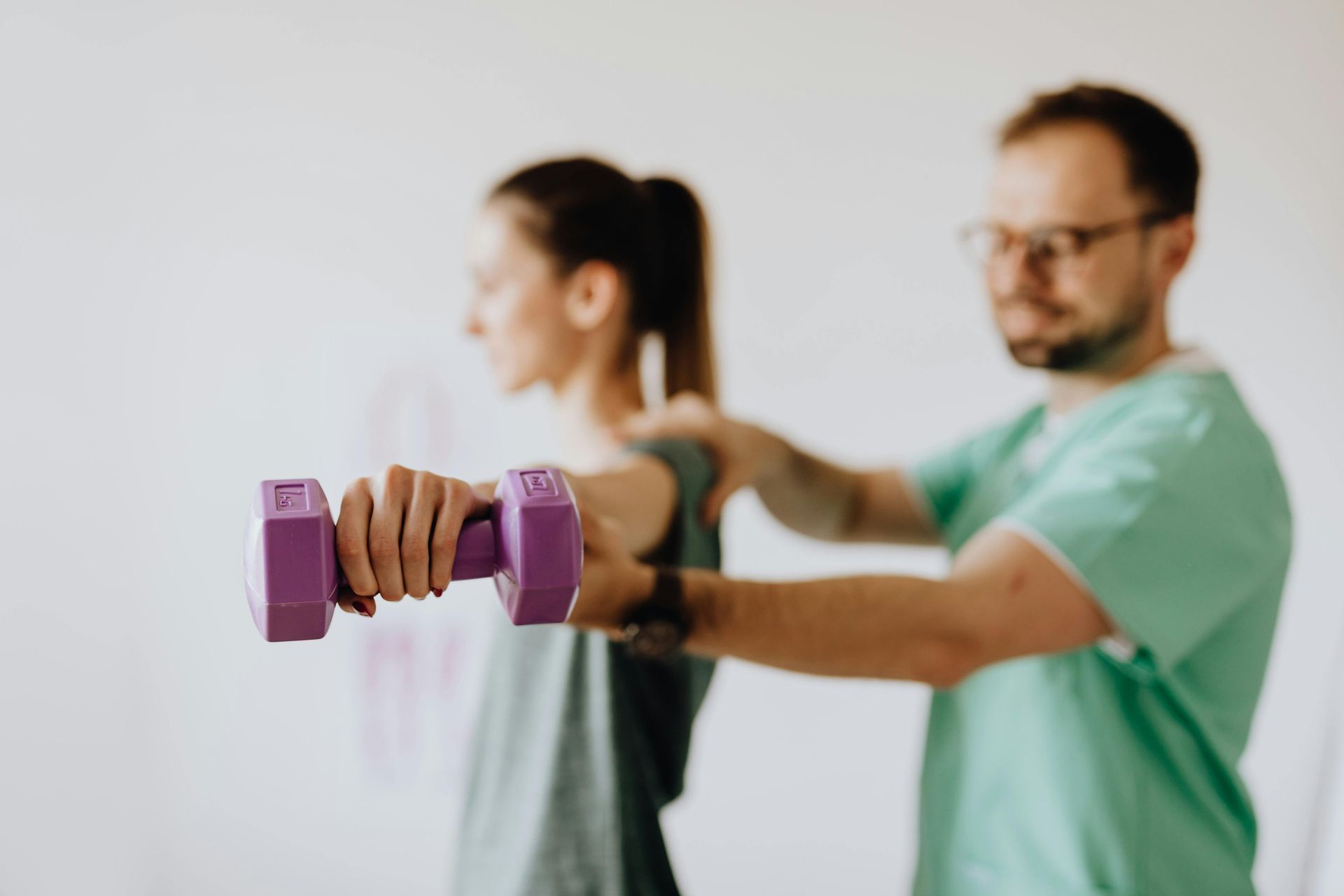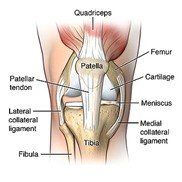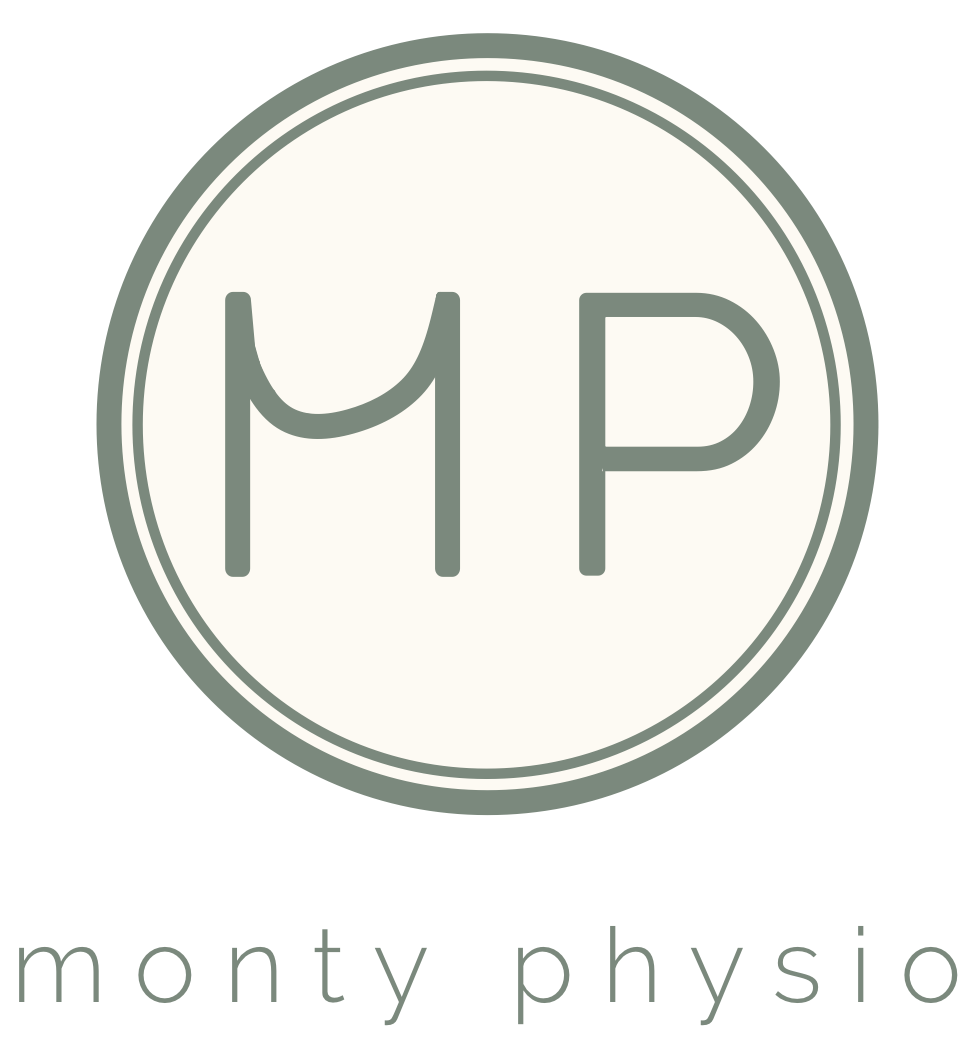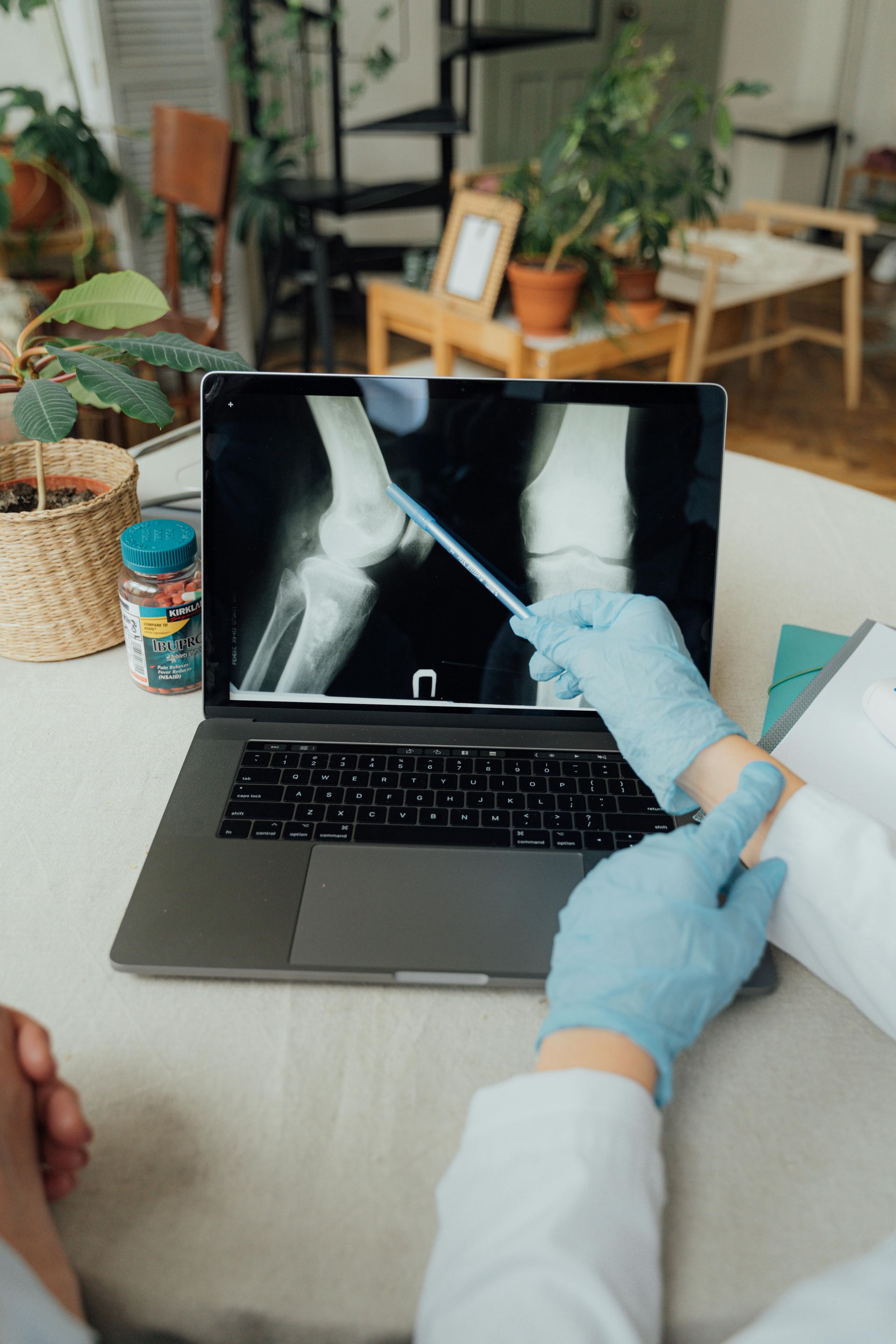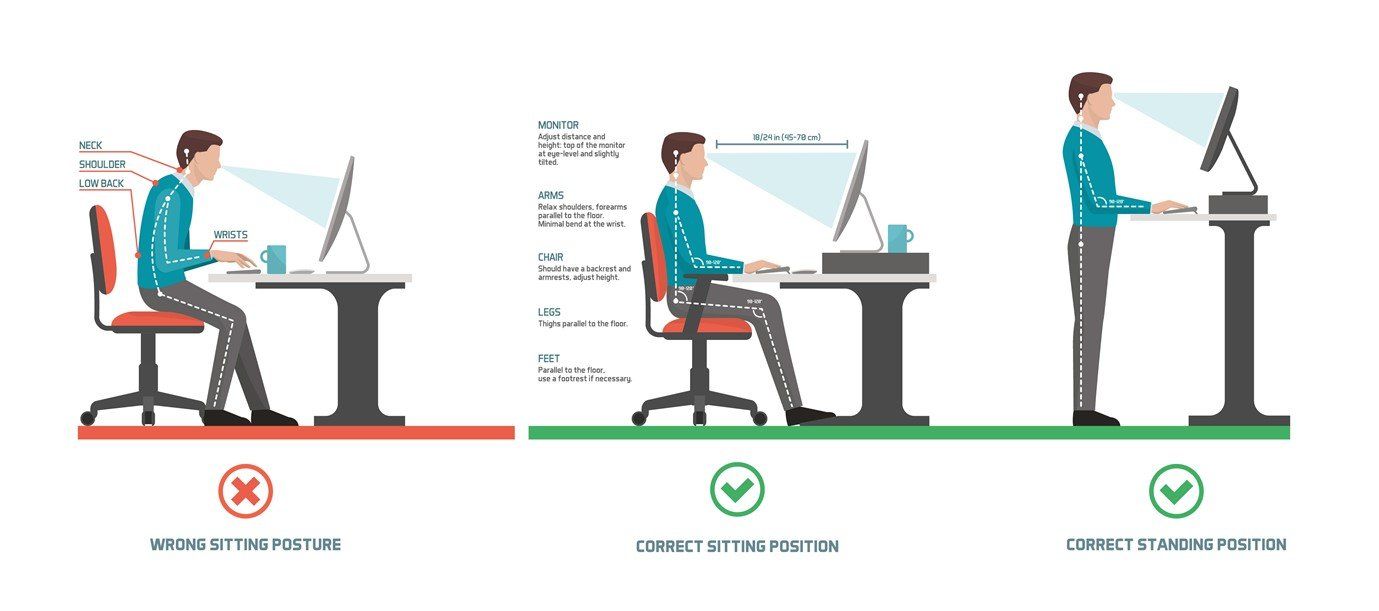Monty Physio
Suite 2/122 Para Road, Montmorency 3094
Phone: 9424 8887
Website: https://www.montyphysio.com.au
Welcome to Monty Physio
Peter Dal Lago is a physio who lives locally and loves treating clients in the community from all ages and stages of life.
Peter started Monty Physio is 2018 as a part-time venture, but has now become a full time passion. He currently works with local sporting and community clubs, gyms and other health professionals to assess and treat a variety of injuries and conditions.
He has completed advanced training in shoulder pain, hip pathology, dry needling, strength and conditioning, osteoarthritis and more! He is currently enrolled in a Graduate Certificate of Sports Medicine at Melbourne University.
Peter has shared a selection of informative articles below.
Read more via the Monty Physio website here:
https://www.montyphysio.com.au/a-b-o-u-t
